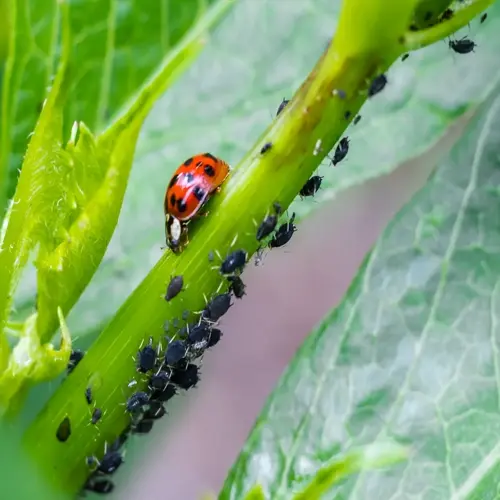How do cover crops prevent soil erosion?

Written by
Tina Carter
Reviewed by
Prof. Samuel Fitzgerald, Ph.D.Cover crops create nature's shield against soil erosion. This shield of defense offers three-dimensional protection in various ways, preventing wind and water damage to your land. I have seen cover crop fields survive storms when bare soils all around them were destroyed. These living barriers protect your most valuable asset efficiently.
Canopy Protection
- Leaves intercept raindrops reducing impact energy by 70%
- Breaks fall velocity preventing soil particle detachment
- Creates physical barrier against wind erosion forces
Root Network Anchoring
- Fibrous roots bind soil particles like natural nets underground
- Creates stable aggregates resistant to water flow forces
- Extensive systems reach deep to secure multiple soil layers
Surface Residue Barrier
- Decomposing plant matter forms protective mulch layer
- Slows runoff velocity allowing water infiltration
- Traps windblown soil particles preventing displacement
The canopy protection layer serves as an umbrella for your soil. Leaves stop raindrops before they contact bare soil. This reduces the erosion impact by up to 70%, eliminating soil crusting. I have observed significantly less splash erosion under cover crops compared to bare fields during large-scale rainfall events.
Subterranean root networks hold the soil particles steady and secure. Grasses, such as rye, have a deep, fibrous root system that holds the soil in place. Even instant floods would not displace these living nets of storage. Your topsoil settles rather than washes away in waterways.
Surface residue turns into a protective blanket following termination. Decomposing plant material forms physical barriers to runoff. That mulch layer reduces the speed of water across the fields. We have recorded a 75% reduction in sediment in waterways adjacent to covered fields, compared to conventionally managed fields.
Utilize rye or triticale for optimal erosion control. Plant these crops after the harvest period to maintain continuous ground protection. This allows the soils you're working with to have protection throughout the year. For even greater stability and resilience, consistently using this method further enhances resilience against the increasingly extreme weather events.
Read the full article: Cover Cropping Benefits for Sustainable Farming

